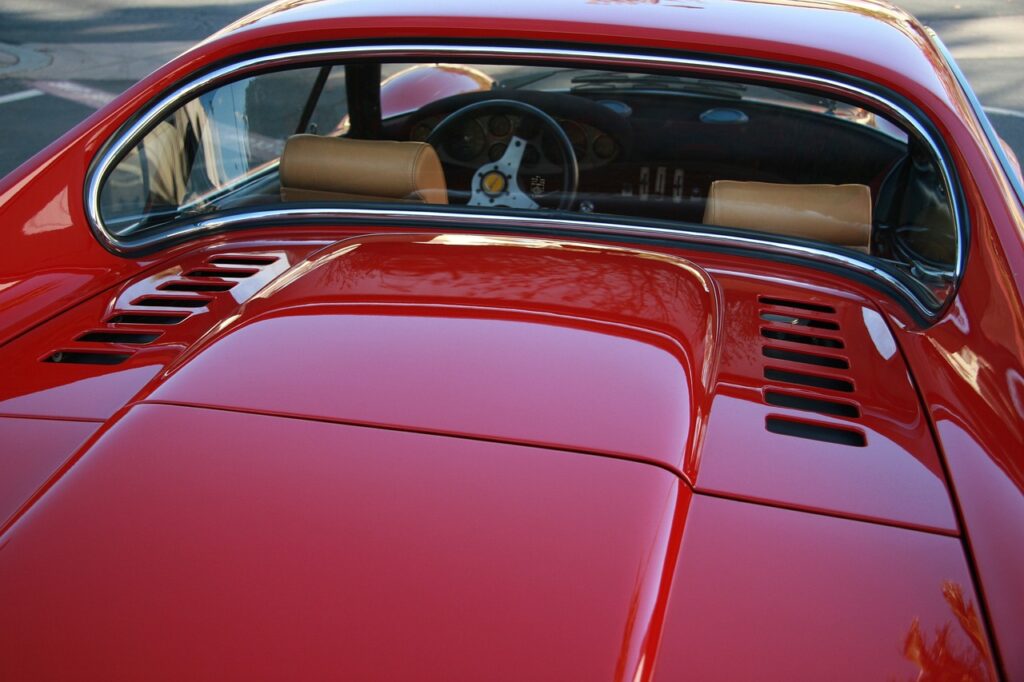The Premium Price of Brand Prestige in the Automotive World

In the realm of high-end automobiles, there exists an intriguing phenomenon where the price of a car often transcends its material value or performance capabilities. This scenario is particularly noticeable in brands that have established a formidable reputation in the automotive industry. Among these, few names are as instantly recognizable or as synonymous with luxury and performance as Ferrari. This Italian automaker has managed to create not just cars, but symbols of status and engineering marvels, thus elevating the price of their vehicles beyond the sum of their parts.
When discussing the premium prices of certain automotive brands, it’s essential to explore the concept of brand value and how it influences consumer perception and, consequently, market value. Brands like Ferrari don’t just sell cars; they sell an experience, an identity. The logo ferrari is not merely a symbol; it’s a badge of prestige, performance, and history. This logo represents a lineage of automotive excellence, a legacy that is coveted by enthusiasts and collectors alike.
The influence of a brand’s popularity on its vehicle’s price is not a new phenomenon. Historically, certain brands have always commanded a higher price due to their perceived prestige, performance, or luxury. However, in the case of brands like Ferrari, this premium is even more pronounced due to their iconic status in automotive history. The allure of owning a Ferrari is not merely about the vehicle’s capabilities but also about what the brand represents: exclusivity, luxury, and a rich racing heritage.
Analysing the logo history of Ferrari offers insights into how the brand has cultivated its prestigious image. The prancing horse, a symbol of speed, strength, and agility, is instantly recognizable and has become synonymous with automotive excellence. This logo’s history is intertwined with the history of motor racing and luxury sports cars, contributing significantly to the brand’s allure. The value of a Ferrari, therefore, is not just in its engine or its leather seats; it’s in the decades of racing triumphs, innovations, and the cultural impact it has had.
Furthermore, the concept of scarcity plays a crucial role in inflating the prices of these high-end vehicles. Limited edition models, rare configurations, or historical significance can exponentially increase a car’s value. For a brand like Ferrari, which often produces vehicles in limited numbers, this scarcity is a deliberate strategy to maintain exclusivity and demand, thereby allowing them to command higher prices.
It’s also important to consider the impact of marketing and media portrayal on the perceived value of these brands. Movies, celebrity endorsements, and appearances in popular culture further elevate the status of these brands, making them more desirable to a broader audience. This increased desirability directly translates to a higher willingness to pay among potential buyers, further driving up the cost.
However, it’s not just about the price or the branding. The engineering and design that go into these cars are often top-notch. Innovations in speed, safety, and comfort are continually being developed, and the quality of materials used is typically of the highest standard. The craftsmanship involved in creating a Ferrari or a similar luxury brand is unparalleled, and this attention to detail is a significant factor in the vehicle’s overall cost.
In conclusion, the inflated prices of certain car brands like Ferrari are not merely a result of their mechanical superiority but are largely influenced by the prestige and popularity of the brand itself. The logo, the history, and the exclusivity all combine to create a product that is more than a car – it’s a symbol of status, a piece of history, and a work of art. While some may argue that these vehicles are overpriced, for many, the value of owning a piece of automotive legend is priceless.